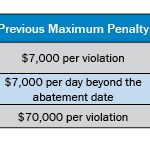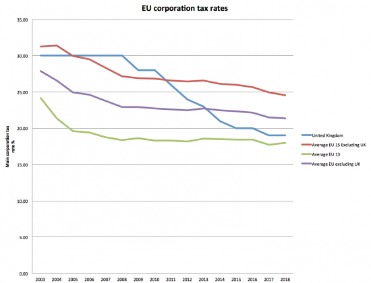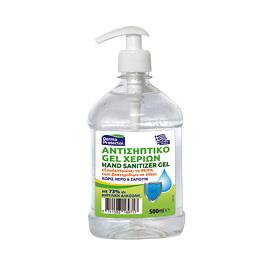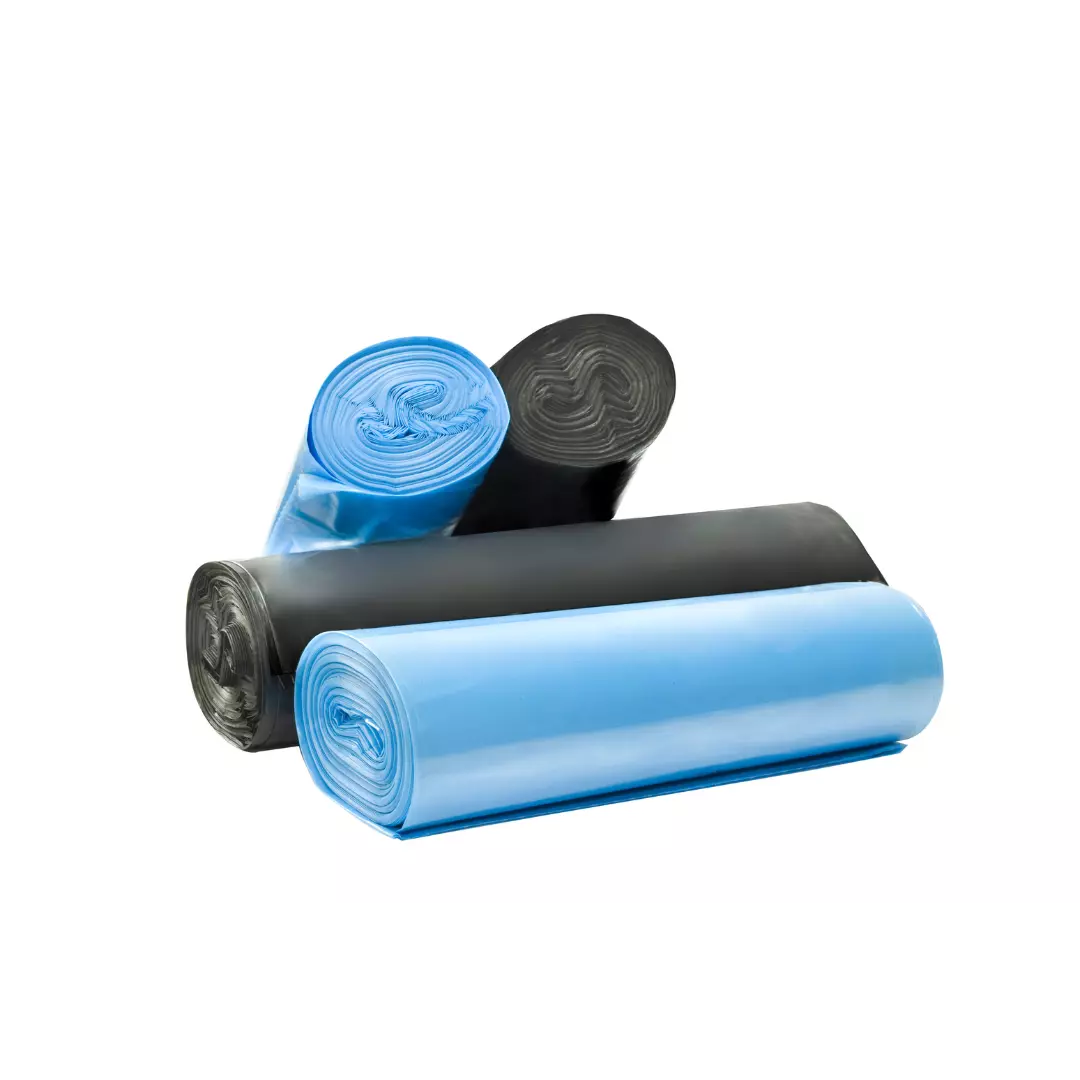Content
- What is the accumulated depreciation to fixed assets ratio?
- Journal Entry for Accumulated Depreciation
- What is Accumulated Depreciation? Definition, Formula, Examples
- What are the factors that impact the book value of an asset?
- What Is Accumulated Depreciation, and How Does it Impact Your Assets’ Value?
- Accumulated Depreciation vs. Accelerated Depreciation

Depreciation Expense ChargedDepreciation is a systematic allocation method used to account for the costs of any physical or tangible asset throughout its useful life. Depreciation enables companies to generate revenue from their assets while only charging a fraction of the cost of the asset in use https://quick-bookkeeping.net/what-is-a-form-i/ each year. While the depreciation expense is the amount recognized each period, the accumulated depreciation is the sum of all depreciation to date since purchase. The concept of depreciation describes the allocation of the purchase of a fixed asset, or capital expenditure, over its useful life.
- For example, due to rapid technological advancements, a straight line depreciation method may not be suitable for an asset such as a computer.
- However, it’s one of the four methods of depreciation allowed for Generally Accepted Accounting Principles .
- Those accounting methods include the straight-line method, the declining balance method, the double-declining balance method, the units of production method, or the sum-of-the-years method.
- Accumulated depreciation is calculated using several different accounting methods.
- Get instant access to video lessons taught by experienced investment bankers.
After two years, the company realizes the remaining useful life is not three years but instead six years. Under GAAP, the company does not need to retroactively adjust financial statements for changes in estimates. Instead, the company will change the amount of accumulated depreciation recognized each year. These methods are allowable under Generally Accepted Accounting Principles . Accumulated depreciation is recorded as a contra asset that has a natural credit balance . To calculate the unit production rate, you must know the original cost of the asset as well as its expected salvage value and how many units the asset is expected to produce in its lifetime.
What is the accumulated depreciation to fixed assets ratio?
Accumulated depreciation is an accounting method that allows for the gradual deductibility of long-term assets. Accumulated depreciation is the total depreciation recorded for an asset over its useful life. Alternatively, the accumulated expense can also be calculated by taking the sum of all historical depreciation expense incurred to date, assuming the depreciation schedule is readily available.
- In this case, you may be able to find more details about the book value of the company’s assets and accumulated depreciation in the financial statement disclosures.
- Instead, you calculate depreciation according to standard accounting rules.
- It would be useful to compare this ratio with previous years for this company, which is why banks usually want to see several years’ worth of financial statements to review.
- Suppose your company owns mining equipment and depreciates it every year.
- FreshBooks Support team members are not certified income tax or accounting professionals and cannot provide advice in these areas outside of supporting questions about FreshBooks.
In this way, the amount of depreciation each year is less than the amount provided for in the previous year. This is because the book value used to compute the depreciation expense is continually reduced from year to year. What Is The Accumulated Depreciation Formula? MACRS formula depreciation uses either a declining balance formula or a straight-line formula. For tax purposes, the IRS requires businesses to depreciate most assets using the Modified Accelerated Cost Recovery System .
Journal Entry for Accumulated Depreciation
When recording depreciation in the general ledger, a company debits depreciation expense and credits accumulated depreciation. Depreciation expense flows through to the income statement in the period it is recorded. Accumulated depreciation is presented on the balance sheet below the line for related capitalized assets.
Accumulated depreciation on the other hand is the total of depreciation expenses recorded over the useful life of an asset. Small businesses have fixed assets that can be depreciated such as equipment, tools, and vehicles. For each of these assets, accumulated depreciation is the total depreciation for that asset up to and including the current accounting period. In trial balance, the accumulated depreciation expenses are the contra account of the fixed assets accounts. In most cases, fixed assets carry a debit balance on the balance sheet, yet accumulated depreciation is a contra asset account, since it offsets the value of the fixed asset (PP&E) that it is paired to. In using the declining balance method, a company reports larger depreciation expenses during the earlier years of an asset’s useful life.
What is Accumulated Depreciation? Definition, Formula, Examples
Accumulated depreciation is a contra asset account, meaning its natural balance is a credit that reduces the overall asset value. To calculate units of production depreciation, you need to divide the cost of the asset―less its salvage value―by the total units you expect the asset to produce over its useful life. Then, you’ll multiply this rate by the actual units produced during the year.
- Using the straight-line method, accumulated depreciation of $2,000 is recognized.
- Let’s see some simple to advanced examples to understand the calculation better.
- The building is expected to be useful for 20 years with a value of $10,000 at the end of the 20th year.
- By comparing the total amount a company has used its assets to the total value of the assets, we can determine the current value and maybe more importantly, the remaining useful value of the assets.
- In trial balance, the accumulated depreciation expenses are the contra account of the fixed assets accounts.
- If the company just purchased the assets last year, however, a 30% drop in value may seem concerning.
Get instant access to video lessons taught by experienced investment bankers. Learn financial statement modeling, DCF, M&A, LBO, Comps and Excel shortcuts. Suppose that a company purchased $100 million in PP&E at the end of Year 0, which becomes the beginning balance for Year 1 in our PP&E roll-forward schedule.
With straight line depreciation, the value of an asset is reduced consistently over each period until the salvage value is reached. Accumulated depreciation is the total amount of depreciation expense allocated to each capital asset since the time that asset was put into use by a business. Financial analysts will create a depreciation schedulewhen performing financial modeling to track the total depreciation over an asset’s life. The method that takes an asset’s expected life and adds together the digits for each year is known as the sum-of-the-years’-digits method.

Companies use the accumulated depreciation ratio to get a general outlook of their physical assets’ remaining usefulness. The accumulated depreciation ratio can be an essential tool for companies that want to estimate the general remaining usefulness of their physical assets. If they see that the ratio is too high for comfort, they can opt to investigate which assets mostly contribute to the large depreciation ratio. Then, they may replace these assets efficiently by selling and replacing them or by purchasing them with loans.
What Is Accumulated Depreciation, and How Does it Impact Your Assets’ Value?
This is the most important factor in calculating this ratio and it should be monitored closely. From buildings to machines, equipment and tools, every business will have one or more fixed assets likely… Small and large businesses widely use straight line depreciation for its simplicity, accuracy, and functionality, but other methods of calculating an asset’s depreciation value exist. A company building, for example, is being used equally and consistently every day, month and throughout the year. Therefore, the depreciation value recorded on the company’s income statement will be the same every year of the building’s useful life.
Is accumulated depreciation formula the same as depreciation expense?
Is Accumulated Depreciation Equal to Depreciation Expense? No. Depreciation expense is the amount that a company's assets are depreciated for a single period (e.g,, quarter or the year). Accumulated depreciation, on the other hand, is the total amount that a company has depreciated its assets to date.
Accumulated depreciation is reported on the balance sheet as a contra asset that reduces the net book value of the capital asset section. Each year the contra asset account referred to as accumulated depreciation increases by $10,000. For example, at the end of five years, the annual depreciation expense is still $10,000, but accumulated depreciation has grown to $50,000. It is credited each year as the value of the asset is written off and remains on the books, reducing the net value of the asset, until the asset is disposed of or sold. It is important to note that accumulated depreciation cannot be more than the asset’s historical cost even if the asset is still in use after its estimated useful life.









 ΑΝΑΛΩΣΙΜΑ ΜΑΖΙΚΗΣ ΕΣΤΙΑΣΗΣ
ΑΝΑΛΩΣΙΜΑ ΜΑΖΙΚΗΣ ΕΣΤΙΑΣΗΣ